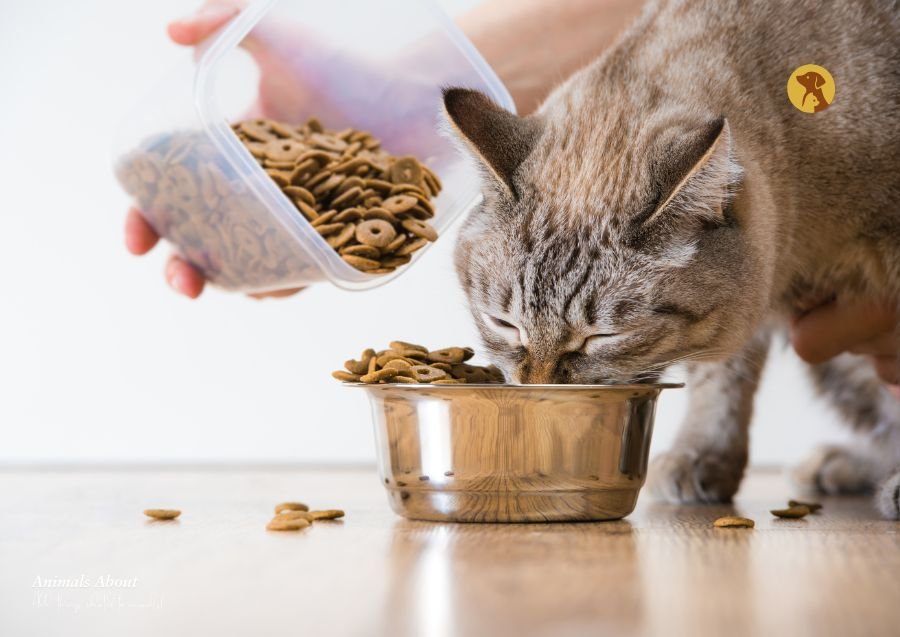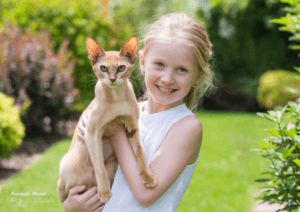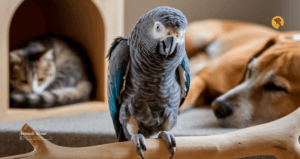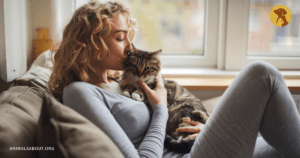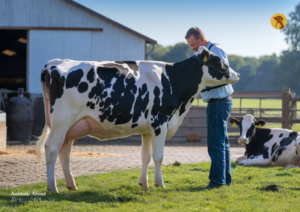Feeding your cat might seem simple, but when you dive into the details—age, weight, lifestyle, and food type it becomes clear that one size does not fit all. That’s why we’ve created this comprehensive cat daily feeding guide to help you understand how much food your cat needs daily and how to adjust portions over time.
Whether you have a kitten bouncing off the walls, a chill adult lounging in the sun, or a wise old senior cat with more naps than zoomies, this guide covers everything you need to know. 🐾
Why You Need a Cat Daily Feeding Guide
Every cat is unique, but their daily cat food portion plays a critical role in their health, behavior, and quality of life. Overfeeding can lead to obesity, diabetes, and heart disease, while underfeeding can cause malnutrition and lethargy.
This vet-approved cat diet guide helps cat owners answer questions like:
- “How much food for a cat per day?”
- “How often should I feed my cat?”
- “What’s the best feeding schedule for kittens, adults, and senior cats?”
Let’s break it down!
Kitten Feeding Guide (0–12 Months)
Kittens grow fast. During their first year, their body weight can double or even triple in a matter of weeks. That’s why they need high-calorie, high-protein meals given frequently.
0–4 Weeks
- Feed: Mother’s milk or kitten milk replacer (every 2–3 hours)
- Feeding type: Bottle-fed if orphaned
4–8 Weeks
- Introduce wet kitten food
- Feed: 4–6 times/day
- Mix formula with food for easier transition
2–6 Months
- Feed: 3–4 meals/day
- Choose food specially formulated for kittens
6–12 Months
- Feed: 2–3 meals/day
- Slowly transition to adult food by 12 months
Tip: Never feed adult cat food to kittens—it lacks the necessary nutrients for healthy development.
Adult Cat Feeding Guide (1–7 Years)
Adult cats usually do best with two balanced meals a day. The right amount depends on their weight, activity level, and whether they’re eating wet food, dry food, or a mix.
Here’s a basic cat feeding chart by weight:
| Cat Weight | Dry Food | Wet Food |
| 5 lbs (2.2 kg) | 1/4 cup | 3 oz |
| 10 lbs (4.5 kg) | 1/2 cup | 6 oz |
| 15 lbs (6.8 kg) | 3/4 cup | 9 oz |
Note: These are general guidelines. Use a cat calorie calculator or ask your vet for personalized advice.
Senior Cat Food Amount (8+ Years)
As cats age, they become less active and may develop health issues that affect their appetite or weight. Here’s what to keep in mind:
- Feed smaller portions more frequently (2–4 meals/day)
- Choose senior-specific cat food with added nutrients
- Watch for weight loss or gain and adjust accordingly
Senior cats benefit from high-quality protein, omega-3s, and joint-supporting ingredients.
How Often Should I Feed My Cat?
Regular feeding times help your cat feel secure and promote healthy digestion.
| Age Group | Feedings/Day |
| Kitten (0–6 months) | 3–4 small meals |
| Young Cat (6–12 months) | 2–3 meals |
| Senior Cat | 2–4 smaller meals |
| Adult Cat | 2 meals/day |
Cat Feeding Schedule Tips
Here are a few helpful tips to create a cat feeding schedule that works:
- Stick to consistent meal times
- Don’t leave food out all day (especially dry)
- Clean food and water bowls daily
- Track how much food your cat eats each day
Consistency = healthier digestion and less begging behavior!
Wet Food vs Dry Food for Cats
Understanding the pros and cons of each helps with cat portion control and long-term health.

